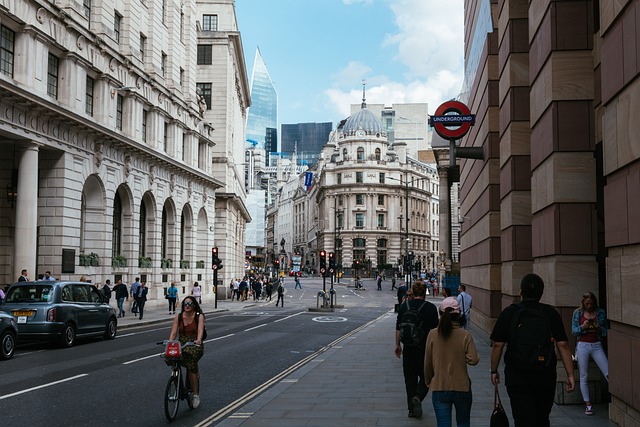Safety and Crime Rates in the UK

The United Kingdom is generally considered a safe country with a high standard of living, but like any nation, it has its share of crime and safety concerns. Understanding the crime rates, types of crime, and safety measures can help residents and visitors navigate life in the UK more securely. This article provides an overview of safety and crime rates in the UK, along with practical tips for staying safe.
Overview of Crime Rates in the UK
1. National Crime Statistics
- Overall Crime Rate: The UK has seen fluctuations in crime rates over the years. According to the Office for National Statistics (ONS), the overall crime rate in England and Wales has shown a mixed trend, with some types of crime decreasing while others have risen.
- Violent Crime: Violent crimes, including assaults and robberies, have seen varying trends. While some areas report decreases, others have experienced increases, particularly in urban centers.
- Property Crime: Burglary and theft have generally decreased over the past decade, thanks to improved security measures and community policing.
- Cyber Crime: With the rise of digital technology, cyber crime has become a significant concern, including online fraud, hacking, and identity theft.
2. Regional Variations
- Urban vs. Rural Areas: Crime rates tend to be higher in urban areas compared to rural regions. Cities like London, Manchester, and Birmingham often report higher incidents of crime.
- Regional Differences: Certain regions may have higher crime rates due to socioeconomic factors, population density, and local policing strategies.
3. Types of Crime
- Violent Crime: Includes assault, robbery, and homicide.
- Property Crime: Includes burglary, theft, and vehicle crime.
- Drug-Related Crime: Involves the possession, distribution, and use of illegal substances.
- Cyber Crime: Encompasses online fraud, hacking, and cyberbullying.
- Hate Crime: Crimes motivated by prejudice based on race, religion, sexual orientation, or disability.
Safety Measures and Tips
While the UK is relatively safe, it’s important to take precautions to protect yourself and your property. Here are some practical tips:
1. Personal Safety
- Awareness: Stay aware of your surroundings, especially in unfamiliar areas or at night.
- Travel Safely: Use well-lit and busy streets, and avoid walking alone late at night. Public transportation is generally safe, but be cautious, especially in less busy areas.
- Emergency Numbers: Know the emergency numbers: 999 for police, fire, and ambulance services, and 101 for non-emergency police assistance.
2. Home Security
- Locks and Alarms: Ensure your home has secure locks and consider installing a burglar alarm.
- Neighborhood Watch: Join or start a neighborhood watch program to foster community safety.
- Lighting: Use outdoor lighting to deter intruders and ensure visibility around your property.
3. Cyber Safety
- Strong Passwords: Use strong, unique passwords for online accounts and enable two-factor authentication where possible.
- Phishing Awareness: Be cautious of suspicious emails and messages that ask for personal information.
- Software Updates: Keep your devices and software updated to protect against vulnerabilities.
4. Vehicle Safety
- Parking: Park in well-lit, secure areas and avoid leaving valuables in your car.
- Locks and Alarms: Use steering locks and car alarms to deter theft.
- Dashcams: Consider installing a dashcam for added security and evidence in case of incidents.
5. Reporting Crime
- Local Police: Report crimes to your local police station or use online reporting tools provided by police forces.
- Anonymous Reporting: Use services like Crimestoppers to report crimes anonymously.
- Support Services: Seek support from victim services and charities if you are affected by crime.
Community and Policing Efforts
1. Community Policing
- Neighborhood Officers: Many areas have dedicated neighborhood police officers who work closely with communities to address local concerns.
- Public Engagement: Police forces often engage with the public through meetings, social media, and community events to build trust and cooperation.
2. Crime Prevention Programs
- Education and Awareness: Programs aimed at educating the public about crime prevention and safety measures.
- Youth Engagement: Initiatives to engage young people in positive activities and reduce youth-related crime.
- Rehabilitation: Efforts to rehabilitate offenders and reduce reoffending rates through education, training, and support services.
3. Technology and Innovation
- CCTV: Extensive use of CCTV cameras in public spaces to deter crime and assist in investigations.
- Data Analytics: Police forces use data analytics to identify crime hotspots and allocate resources effectively.
- Mobile Apps: Apps like Neighbourhood Watch and police force-specific apps allow residents to report crimes and receive updates.



